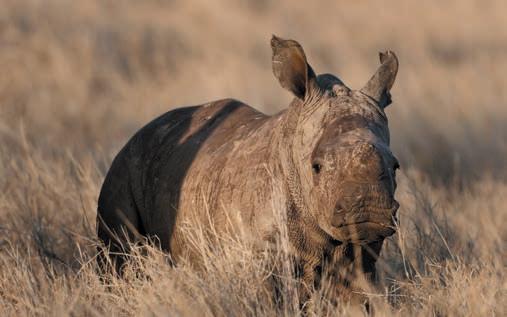
1 minute read
Africa It’s not just about numbers
The African Rhino Specialist group is the go-to scientific body for rhino conservation and population statistics.
It’s not just about numbers
Advertisement
Good news: rhino poaching is decreasing! Across the African continent, there were 2,707 recorded incidents of illegal killings of rhinos from 2018 to 2021 inclusive; 90.0% of these were recorded in South Africa. Whilst this total is much too high, poaching rates dropped during this time, from 3.9% of the continental population in 2018 to 2.3% in 2021. In the dark days of 2015, it was 5.3%.
Sam Ferreira | Scientific Officer, IUCN Species Survival Commission African Rhino Specialist Group (AfRSG)
Nevertheless, these numbers can never be perfectly accurate. Finding every poached rhino is almost impossible. Typically, authorities will find 80–90% of the rhinos that are killed, and often with them, they may also find a calf that’s died next to its mother.
LARA JACKSON

LARA JACKSON

SHAUN MOUSLEY With this in mind, for rhino numbers to increase, poaching must remain below 2.3% of the total population. These are some of the findings that the AfRSG has recently reported as part of our joint report with the Asian Rhino Specialist Group and TRAFFIC– the Wildlife Trade Monitoring Network – to the Convention on International Trade in Endangered Species of Wild Fauna and Flora (CITES), which will soon be hosting its 19th Conference of the Parties in Panama this November. The report noted that, at the end of 2021, the world had an estimated 23,432 African rhinos. Of these, the 6,195 black rhinos in the wild were increasing at 3% per annum. Sadly, the 15,942 white rhinos were decreasing at -3.1%. Worryingly, this meant that overall, African rhinos were decreasing at -1.6% per year.
Yet, despite this continental trend, there are many places where you could say that rhinos are doing too well. Several places recorded reduced population growth because the current rhino numbers exceed the ecological potential of the landscape, meaning that there aren’t enough resources (food, water, space)










